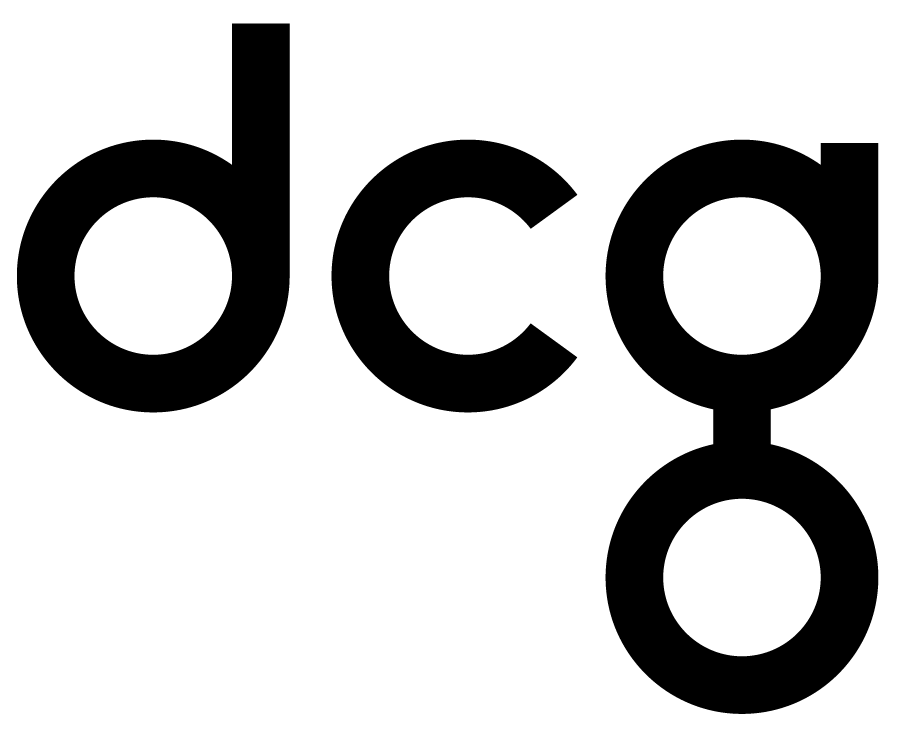
ROI of CRM
The Return on Investment for your CRM Implementation. Get a better understanding on how software, partner, and user adoption all play a part in helping you calculate and maximize your ROI on your CRM projects.
UNDERSTAND HOW ROI FOR CRM IS CALCULATED
CRM - RETURN ON INVESTMENT?
IMPLEMENTING DYNAMICS 365 CRM FOR SALES CAN PROVIDE YOU WITH UPTO A 10X ROI
What does it mean to get an ROI on your CRM implementation? Is it ROI from people, ROI from your Sales team, ROI from the Total Cost of Ownership? There is a lot of common factors that go into calculating the ROI of a CRM tool. This article will help you gain an understanding of how these factors play a part in your current and future ROI projections.
If 2020 taught us anything, it’s that you cannot go through a digital transformation and not have a talk about customer relationship management or CRM as it’s called. Even before 2020, it was the talk at all the networking brunches and conference networking events. We know it’s not going anywhere, that is for sure. In this article we will be covering these core topics:
1. Sales ROI in Returned Revenue
2. Productivity ROI as it relates to People
3. TCO – Total Cost of Ownership
CRM projects are a daunting task at times. With so many options, choices, and configurations, it can be a dark void to stare into at times. You will often find yourself drawn to the exciting and enthusiastic fans and fanatics of one CRM. Listening to the captivating stories of transformative sales growth and the feedback from a successful implementation, but just as you go to commit, you hear the negative stories, the failed projects, the millions sunk into the wrong partner, and so on.

What is the bottom-line impact of a CRM? How can you genuinely forecast their return on investment (ROI)? How can you be confident that you will get the money you spend on a CRM back? For most organizations, a CRM upgrade, migration, and transition are part and parcel to their company: every new CTO or every 3-5 years is time for a new CRM implementation. How can you justify this cost by proving that it will be a value add and not another project this time?
According to Nucleus Research, every dollar you spend on your CRM implementation returns as much as $8.71 in ROI on your sales revenue.
Understanding CRM – by the numbers
In the early 2000s, the CRM market was small with very few enterprise competitors, but it has gathered strength and momentum in recent years. Gartner valued CRM in 2019 at $56.6B, growing at 16% YoY. Meaning by 2023, the CRM market will be $103B.
As the market continues its astronomical rise, features, usability, security, and mobility are all becoming part of a fine-tuned user experience. With the rise of citizen developers and citizen-created applications, it’s only becoming more cost-effective. In 2014, the rate increased by 1.5x per year. With this forecasted, we can assume that CRM will now pay back an average of $30.48 for every dollar spent? Only the next Nucleus Research report will be able to tell.
Sales ROI in Returned Revenue
Calculating ROI accurately for a CRM investment can be a complex and often miscalculated number. It is easy to run calculations through tools such as Forrester’s TEI (Total Economic Impact), but remember that calculations are only as good as the data you use to calculate. At the end of this article is a bonus formula for you to use when calculating your CRM’s general ROI. Suppose you are looking to calculate the predicted ROI. In that case, you will need to assume good CRM usage, something we help you achieve during your implementation, increasing your ROI significantly. If you do not have good CRM usage, you can expect a lower ROI and a higher implementation expense.
Something to keep in mind is that the productivity improvement of your CRM is the prime benefit. The most significant two departments are Sales and Marketing. These key departments are the leading predictors of CRM ROI. It would be best if you made some assumptions about the adoption of your CRM based on the teams using them and your knowledge of those teams.
You must remember that if you do not keep your team engaged and using the system, just like a diet plan promising huge gains and returns-if you do not stick to the plan, it doesn’t work. The same goes for online ROI predictors and calculators. If you don’t have good data and a solid pattern, you will not sync the two numbers.
Ready to Start a CRM Implementation?
Productivity ROI as it relates to People
If you were driving a Ferrari in second gear on the freeway, you certainly couldn’t complain about performance. The same is true when you predict the ROI of an Implementation as it relates to your team. Your team needs to understand that a new implementation is a call to a higher gear. Below is a list of factors that can be a slowdown to your ROI as it relates to your CRM.
- The Opposition – it’s naive to think that a team is always on the same page at all times. An implementation will not resolve disparate goals and divisions. Technology will only highlight people issues. Find common ground quickly and make sure you are building off of this during implementations.
- Get everyone involved – get feedback, input, and ideas early. This cannot be stressed enough. The cause of most CRM failures and the lack of good ROI stems from the lack of end-user adoption. Solve this issue by training, troubleshooting, and exploring new things early on in your implementation. It would be best to cultivate a culture that questions are welcomed and uncertainty is looked upon as favorable. You will never have all the answers during your implementation.
- A Powerful Mirror – CRM can be a powerful mirror. It will show you what is and isn’t working in your organization. It will do so very quickly—highlighting inefficiencies in your processes, problems with your staff, and areas not working in your supply chain. This can be a powerful motivator for driving ROI up or a detractor for those who cannot prioritize the items that will most significantly impact the fastest.
- Silos – This is a great way to kill your momentum. A new implementation will not solve departments locked in data silos or information silos. Identify these silos and break them down. If you can’t break them down, plan for deep integrations to maximize communications or data transfer to ensure it doesn’t create another system for users to get information to complete their job.
TCO – Total Cost of Ownership
With the cloud becoming more and more a part of our lives, we must understand the ramifications of subscription models, consumption and data storage, and migration. During a CRM implementation, we will walk you through the modeling of these costs and help your team understand the overall costs and expected licensing of a CRM. However, you need to understand that one of the most critical factors of the Total Cost of Ownership of a CRM or TCO is the licensing model.
This is the recurring costs that affect the price today and over the next 3-5 years. Your ROI will vary greatly depending on this factor. Services and implementation costs are fixed to about the first year of your implementation, with few costs extending beyond, except for on-going support. A few of the factors that will impact your ROI that are a part of your TCO are the following:
- Implementation People Cost (Your Staff’s time)
- Overhead Cost – Staff and Training Costs (Ongoing and Onboarding)
- Service and Maintenance Costs (On-Going)
- Partner Tracking and Travel Expenses (Internal Project Management)
What can an organization expect from its CRM?
While a CRM system is not a be-all-end-all, it is a powerful tool to manage the automation of tasks, assess your sales team’s strengths, close marketing gaps, increase conversion rates, and maintain a healthy pipeline. A company can reasonably expect the following items:
- Track new customer acquisition and customer acquisition costs with high accuracy.
- Give greater insight into demographic and topographic data and map current and potential customers’ profitability while tracking behavioral and psychographic
information for the sales team. - Allow companies to begin advanced analytics projects with machine learning to analyze forecast, demand, churn, attrition, and customer turnover.
Bonus: Formula for Calculating CRM ROI
Revenue and sales growth are essential to you, so now let’s tackle understanding how we can factor the ROI (return on investment) of your CRM. Thankfully there are some easy ways to calculate this by using this simple formula.
ROI of CRM = ( Revenue Increase following Implementation – CRM Implementation Costs) / Cost of CRM Investment)
Remember that a CRM will generate an average of an additional $8.71 for every dollar invested. This means that some companies get a far better ROI for their CRM implementation, and others are not getting any money back at all.
What separates these companies? Why do some make nearly a 10X ROI on their CRM and others that fail and end up throwing away money, never getting a dollar back? That depends on two factors:
- How well the CRM is designed and configured to meet their needs.
- How well the team adopts and uses the CRM once it’s implemented.
The best way to increase your CRM ROI is to increase your sales team’s conversion rate. One of the most important metrics about a business is its ability to convert a lead into a buying customer. Even a 0.5% increase in your conversion rate can equate to thousands of dollars or even millions of dollars in new and repeat revenue.
The easiest way to increase conversion rate is responsiveness, customers expect, nay demand responsiveness in today’s world. A report published by Forbes and HBR (Harvard Business Review) showed a 21x higher chance of a lead qualifying when the sales rep responded in the first 5 minutes vs. the first 30 minutes. Even with this knowledge, only 26% of companies have a response rate this quick.
These functions of CRM help increase your chances of increasing your response time and qualification rate:
- Automatic Lead Assignment and Alerts
- Inbound Call Routing and Phone Trees
- Voicemail for Inbound Leads
- Automated Drip Campaigns
Contact Dynamic Consultants Group today to learn how to maximize your ROI in your CRM system. Suppose you are starting a new implementation or are already in progress. In that case, our solution roadmap process can help you gain a competitive advantage during your implementation and increase your chances of a positive ROI by 10X. Learn how we can help solve a failing implementation or give guidance on an implementation already finished.
.svg)


.png)



.png)











